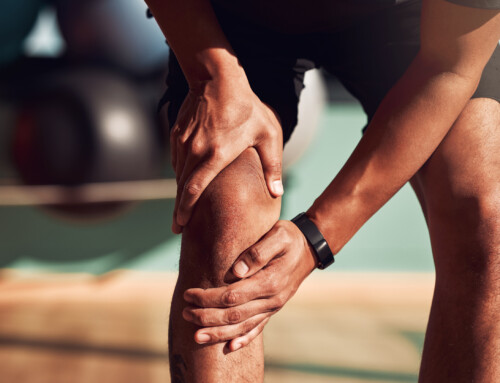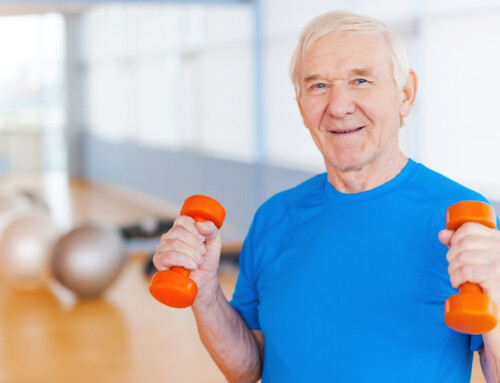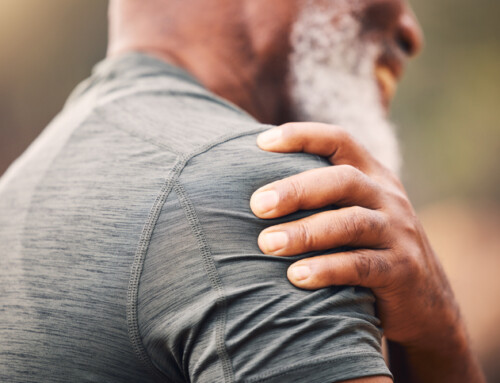by Gabe Battaglia, SPT
Managing Osteoarthritis With Physical Therapy
Joints are made up of bones, cartilage, synovial fluid, muscles, and ligaments. Cartilage covers the ends of bones and synovial fluid is present in the joints in order to reduce friction and allow for smooth, natural movements within joints.
When cartilage is broken down, these bones lose their protection and growths called bone spurs occur, resulting in pain and inflammation. This condition is known as osteoarthritis (OA). Primary OA occurs over time as the day-to-day stresses on joints begins to cause cartilage breakdown. This occurs as people age (typically over the age of 50). Secondary OA occurs as a result of an injury, sedentary lifestyle, obesity, genetics, or history of other conditions such as Lyme disease or diabetes.
OA presents as pain within joints that is often worse in the morning and after other periods of inactivity. Swelling, pain, stiffness, and joint changes cause range of motion loss. As a result, it is common for people suffering with OA to lose muscle strength, flexibility, and experience weight gain. This can cause difficulty with day-to-day tasks and not only perpetuate the physical symptoms but cause psychological distress as well.
There are four stages of OA:
- Stage 1 (Minor): Cartilage damage is present but minor, and bone spurs (growths at the point where bones meet in the joint) are present. The joint space is typically unchanged, and pain is rare.
- Stage 2 (Mild): More bone spurs are present but there is still a normal amount of cartilage and the joint space is still relatively unchanged. Individuals may begin experiencing pain and stiffness.
- Stage 3 (Moderate): Cartilage damage is significant and the space within the joint begins narrowing. Pain, swelling, and stiffness are more prevalent.
- Stage 4 (Severe): Space within the joint is significantly reduced and bones rub against each other with movement. Little synovial fluid remains, which increases friction in the joint.
Short-term relief can be found through medicinal management, such as NSAIDs (aspirin, ibuprofen, etc.) and corticosteroid injections in the joints. These interventions help to temporarily reduce pain and swelling.
The goals of physical therapy in managing OA are to improve strength, range of motion, and improve or maintain a healthy weight. These goals are achieved through manual therapy to improve joint movement, regular stretching of tight muscles around the joint to improve flexibility, strengthening exercises to improve strength and stability around the joint, and aerobic exercises to improve overall health and wellness. Those with OA are at a higher risk for falls as well, therefore balance exercises are an integral part of physical therapy.
For information on the management of OA, contact Capital Area Physical Therapy at 518-289-5242 to set up an appointment with one of our physical therapists in Malta, Saratoga, or Queensbury.






